
Foundation Model for Generative AI - Amazon Titan - AWS
Innovate responsibly with high-performing foundation models (FMs) from Amazon.


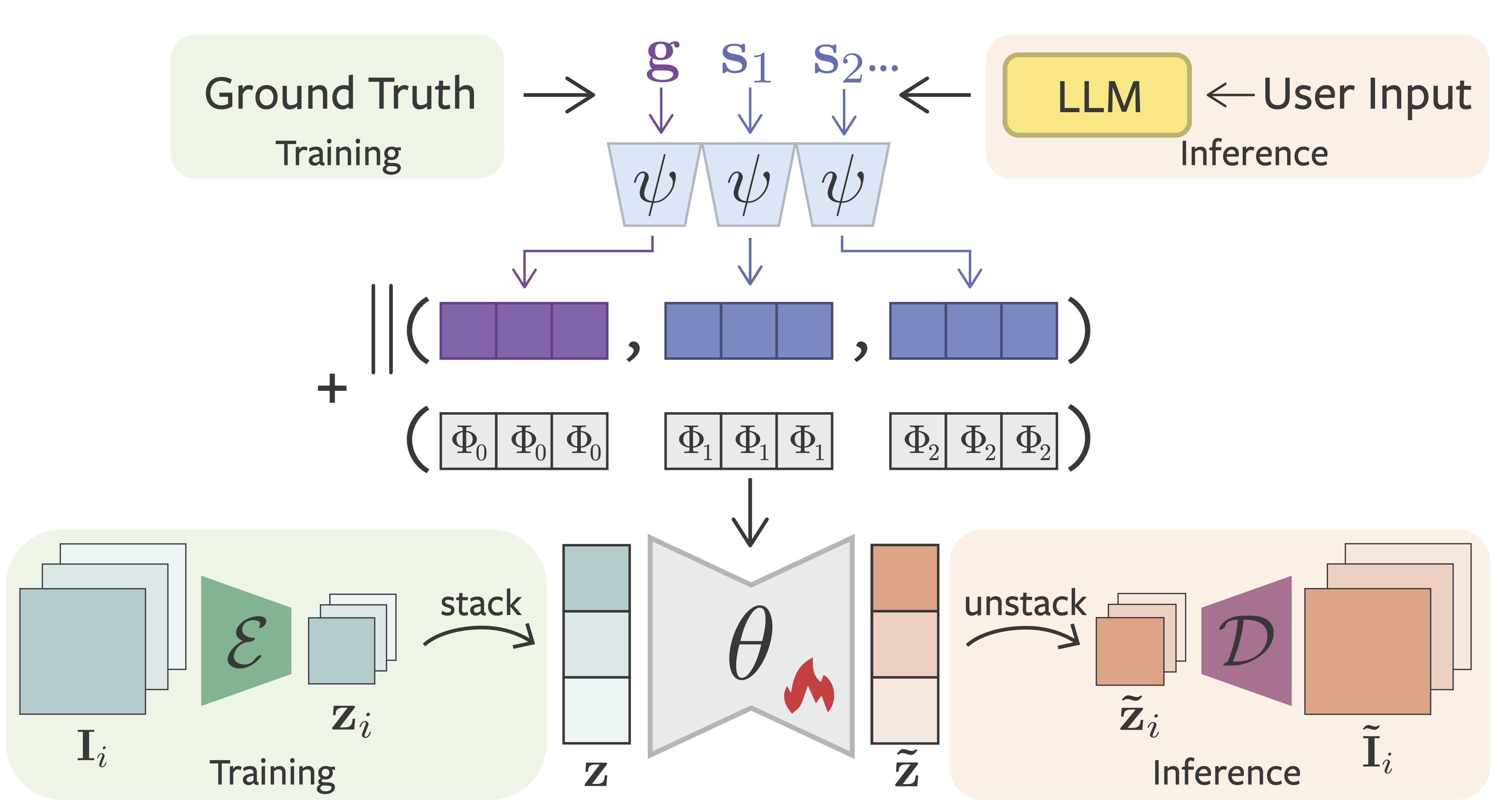
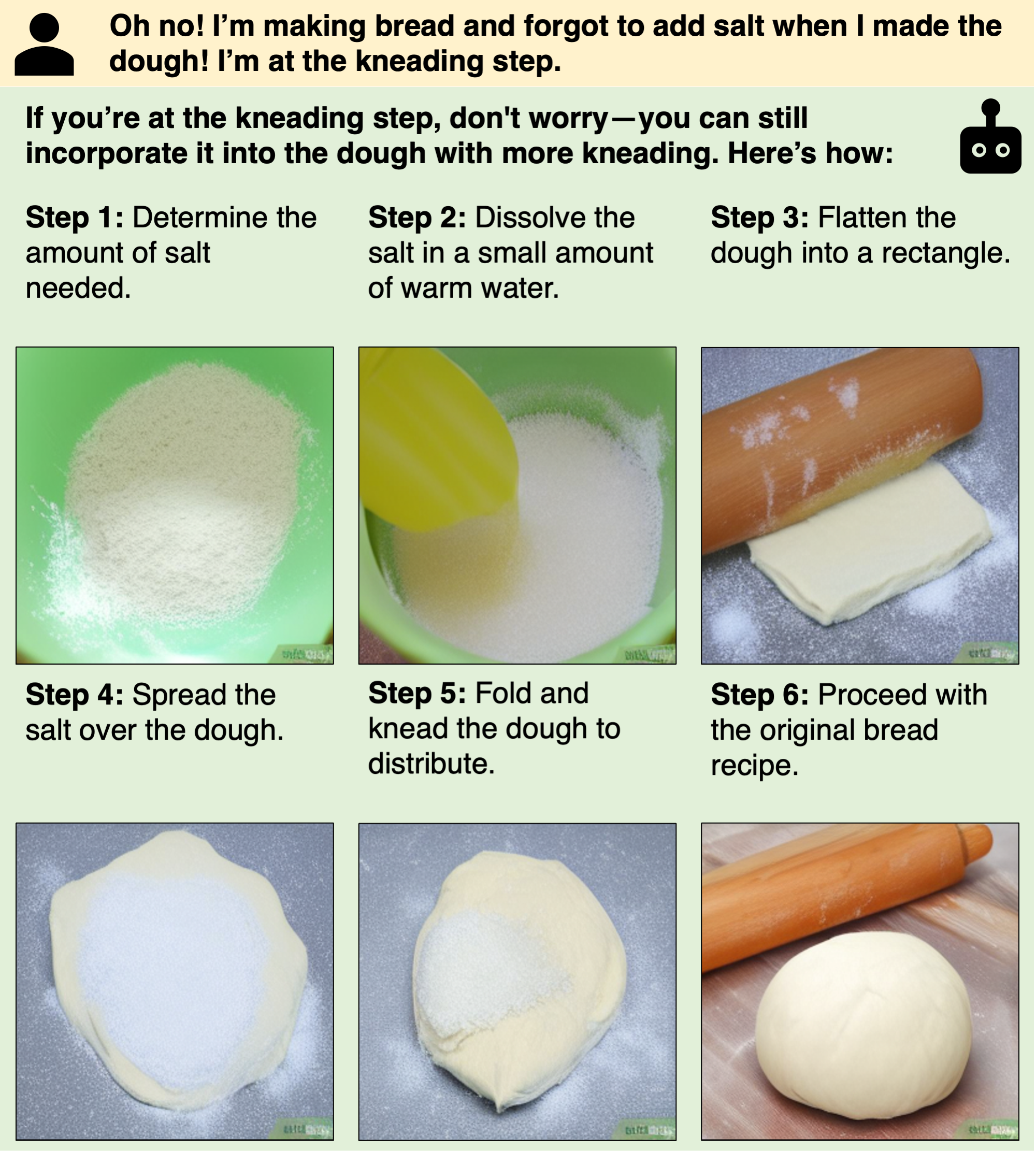


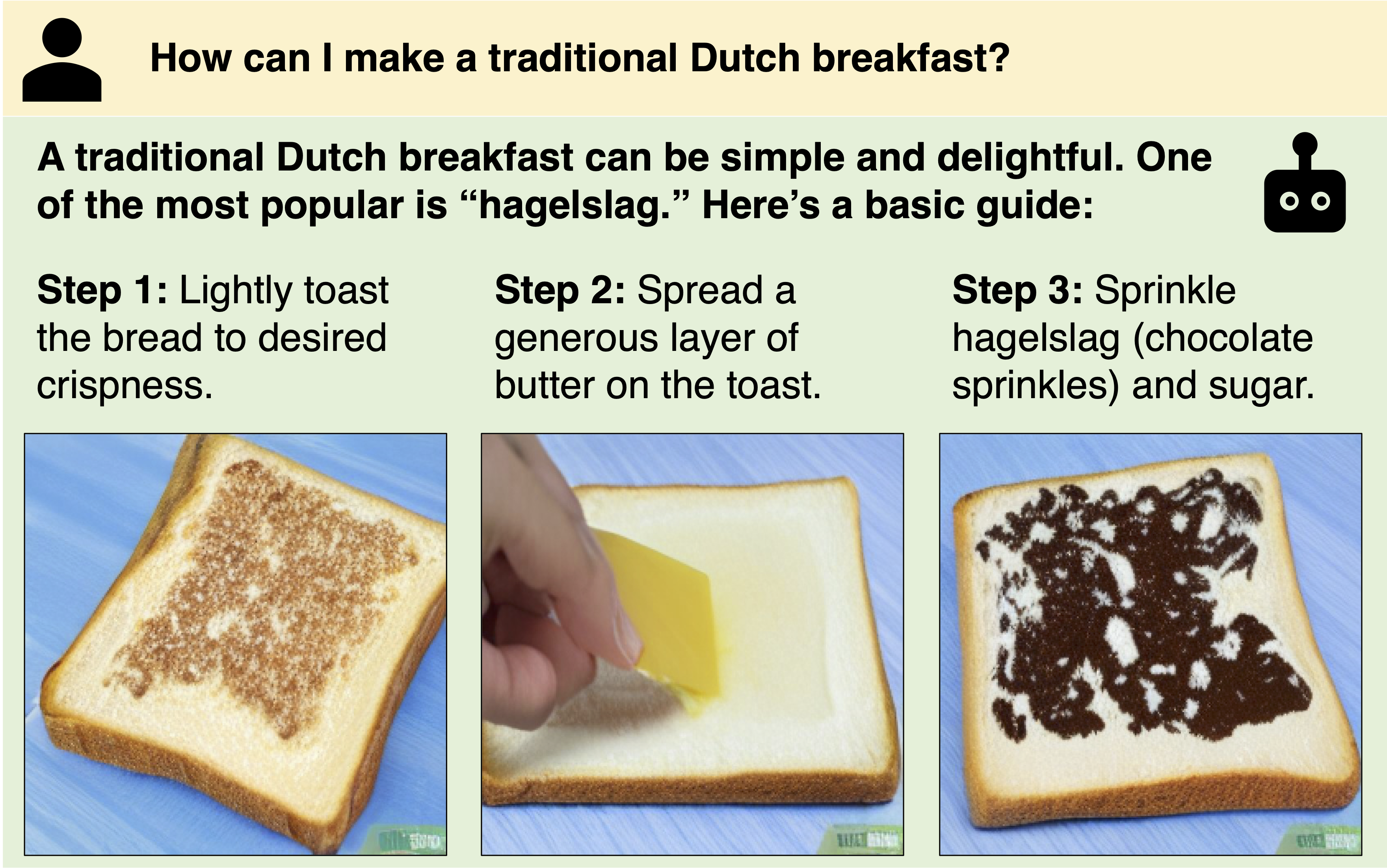
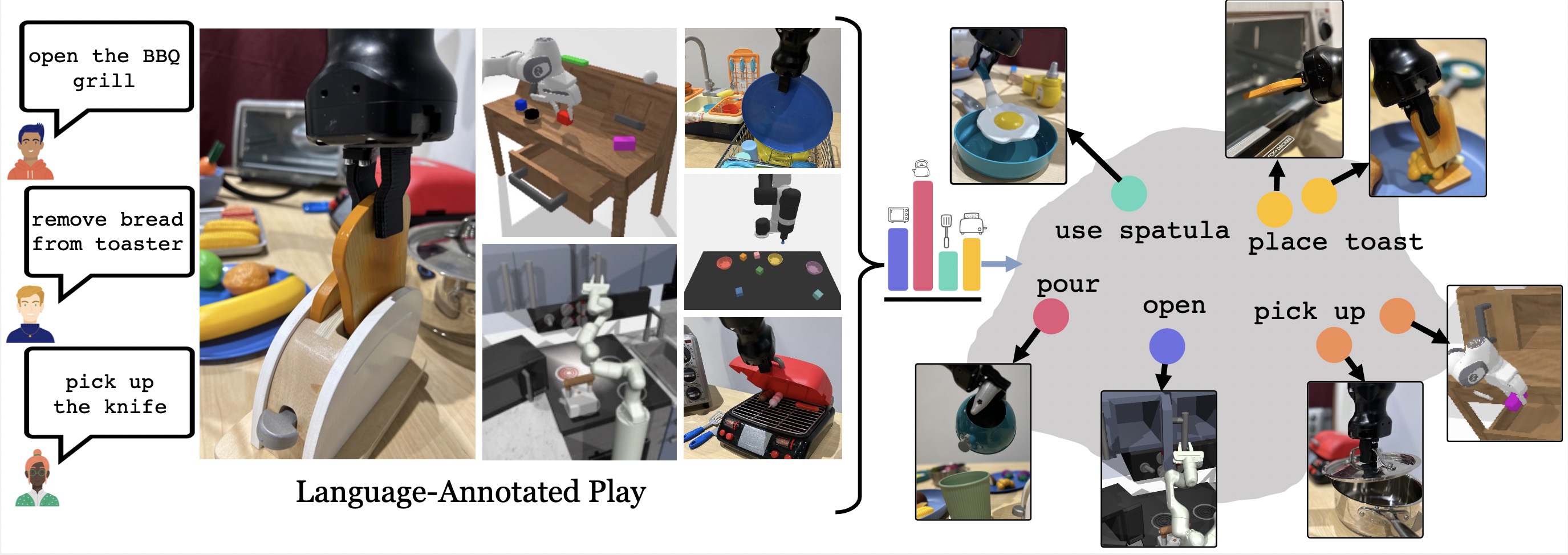
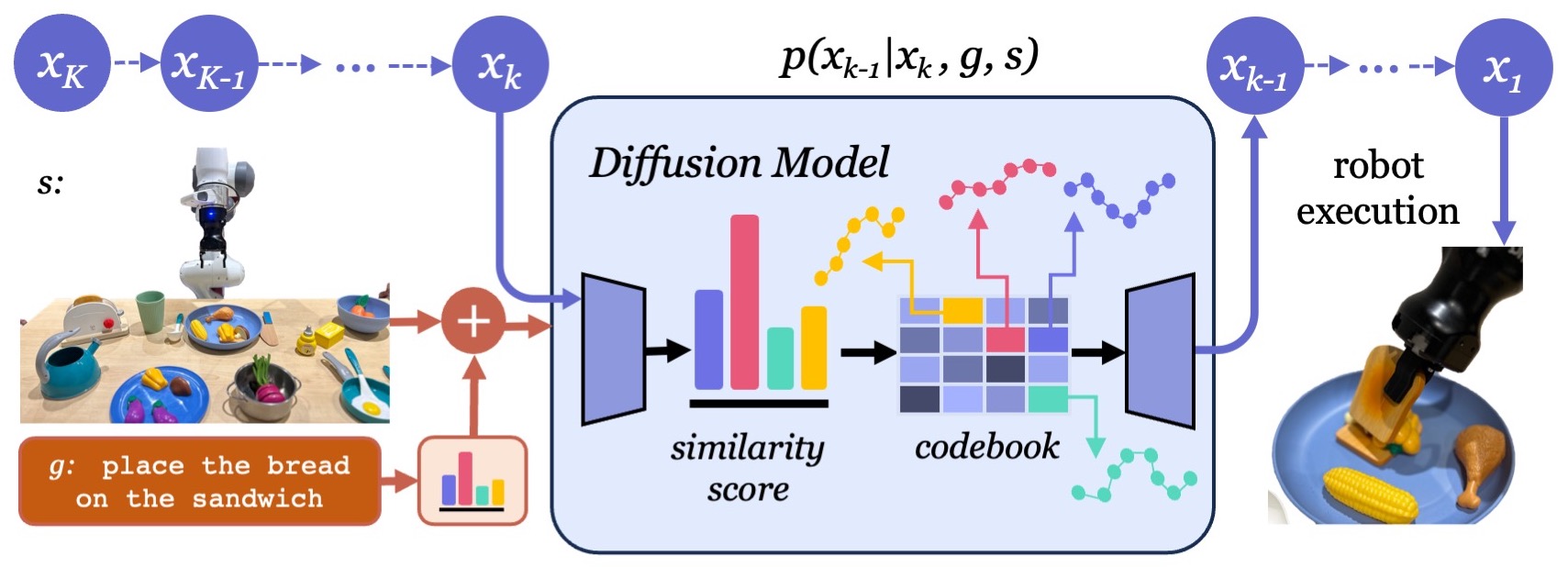

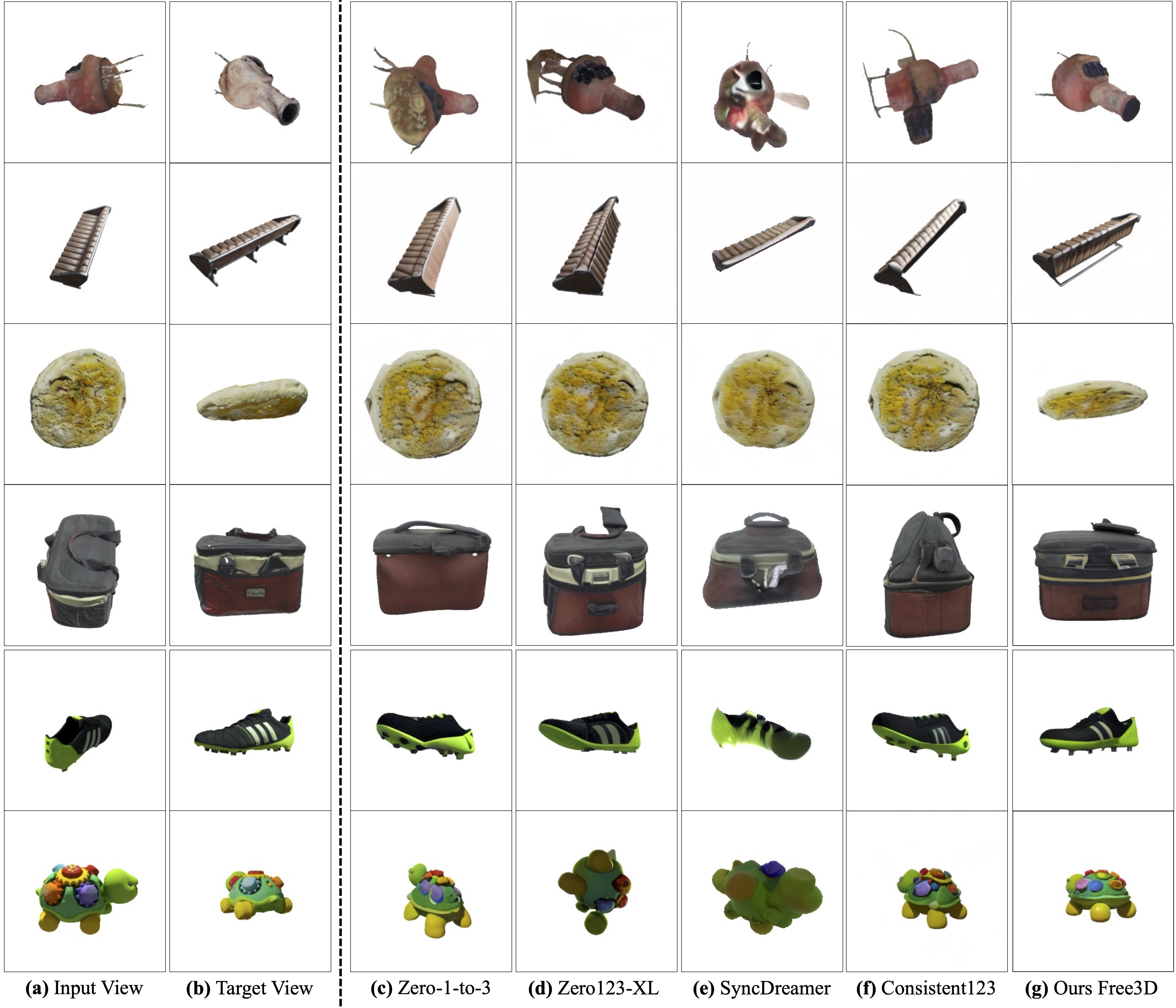

 www.threads.net
www.threads.net





Performances generated from different evaluation toolkits are different due to the prompts, settings and implementation details.
| Datasets | Mode | Mistral-7B-v0.1 | Mixtral-8x7B | Llama2-70B | DeepSeek-67B-Base | Qwen-72B |
|---|---|---|---|---|---|---|
| MMLU | PPL | 64.1 | 71.3 | 69.7 | 71.9 | 77.3 |
| BIG-Bench-Hard | GEN | 56.7 | 67.1 | 64.9 | 71.7 | 63.7 |
| GSM-8K | GEN | 47.5 | 65.7 | 63.4 | 66.5 | 77.6 |
| MATH | GEN | 11.3 | 22.7 | 12.0 | 15.9 | 35.1 |
| HumanEval | GEN | 27.4 | 32.3 | 26.2 | 40.9 | 33.5 |
| MBPP | GEN | 38.6 | 47.8 | 39.6 | 55.2 | 51.6 |
| ARC-c | PPL | 74.2 | 85.1 | 78.3 | 86.8 | 92.2 |
| ARC-e | PPL | 83.6 | 91.4 | 85.9 | 93.7 | 96.8 |
| CommonSenseQA | PPL | 67.4 | 70.4 | 78.3 | 70.7 | 73.9 |
| NaturalQuestion | GEN | 24.6 | 29.4 | 34.2 | 29.9 | 27.1 |
| TrivialQA | GEN | 56.5 | 66.1 | 70.7 | 67.4 | 60.1 |
| HellaSwag | PPL | 78.9 | 82.0 | 82.3 | 82.3 | 85.4 |
| PIQA | PPL | 81.6 | 82.9 | 82.5 | 82.6 | 85.2 |
| SIQA | GEN | 60.2 | 64.3 | 64.8 | 62.6 | 78.2 |
